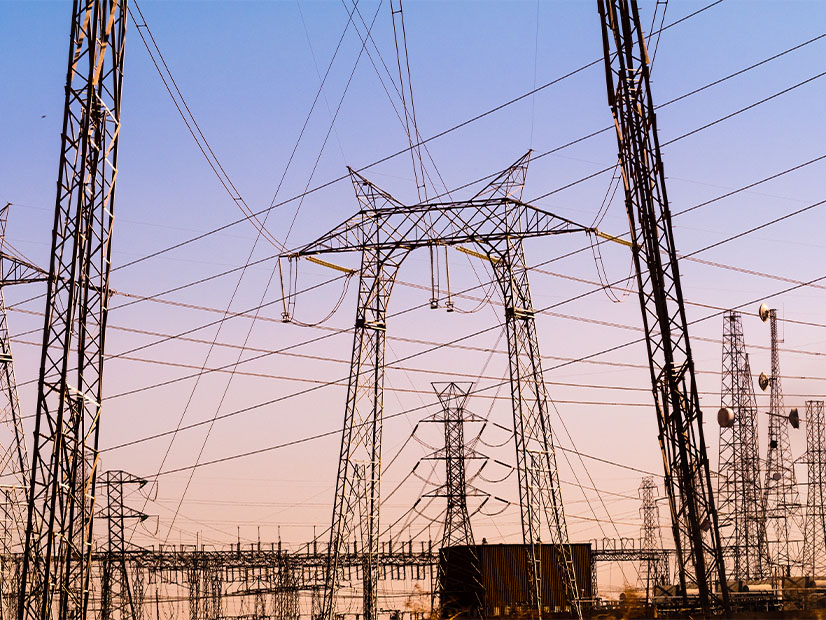
FERC last week approved a dozen CAISO tariff amendments meant to streamline the ISO’s generator interconnection process, deal more swiftly with its large interconnection queue and help California meet its grid reliability challenges. (ER22-2018).
The changes were the result of the first phase of a two-part stakeholder initiative that CAISO fast-tracked starting last year. The second phase is underway with a final proposal due Sept. 13.
FERC found that the Phase 1 revisions will “facilitate management of CAISO’s interconnection queue, clarify the tariff, and establish a just and reasonable process for CAISO to study emergency interconnection requests on an expedited basis.”
The 12 amendments included a proposal to align the ISO’s transmission plan deliverability allocation process with procurement by consolidating the current seven interconnection customer deliverability allocation groups into four, making it easier for CAISO to track the process and providing clearer criteria for developers and off-takers.
“Additionally, the new groups are reordered to emphasize success in the bilateral capacity markets and de-emphasize a project’s queue status and history,” FERC said in its unanimous Aug. 31 order.
The amendments also would allow interconnection customers to downsize their interconnection requests.
“CAISO’s proposed revisions to the transmission plan deliverability allocation process and to the downsizing rules simplify CAISO’s administration of the interconnection queue and the process through which interconnection customers may request to downsize their interconnection requests, as well as help to reduce unused deliverability,” FERC said.
Another change affects CAISO’s requirement that customers show they have “site exclusivity” through options, leases, or purchases on private land or permits for public lands. Customers can submit deposits in lieu of initially demonstrating site exclusivity.
CAISO proposed requiring projects show that they have site exclusivity earlier and increasing the “in lieu deposits” from $100,000 for small generators of 20 MW or less and $250,000 for large generators of more than 20 MW to $250,000 for small generators and $500,000 for large generators, with half the deposits nonrefundable “should the customer withdraw before demonstrating site exclusivity.”
FERC said the site-exclusivity provisions will “improve the likelihood that commercially feasible interconnection requests can move forward in the queue without encountering delays due to the withdrawal of interconnection requests that have not demonstrated site exclusivity and are thus less likely to reach commercial operation.”
The 10 other categories of tariff amendments dealt with matters such as enabling interconnection studies of new generation under last year’s emergency declaration on grid reliability by Gov. Gavin Newsom and reducing CAISO’s downsizing rules and procedures to help interconnection customers downsize more efficiently.
FERC allowed the changes to take effect Sept. 1, per CAISO’s request.


